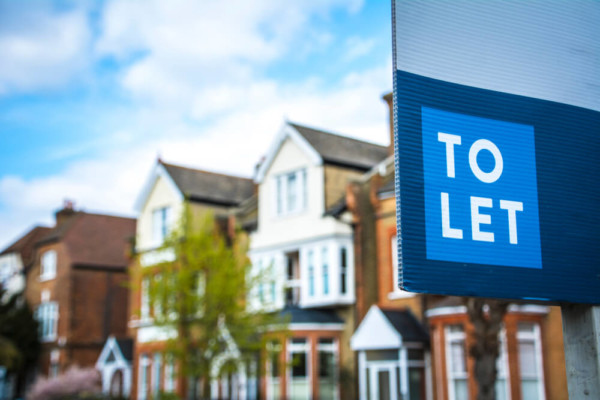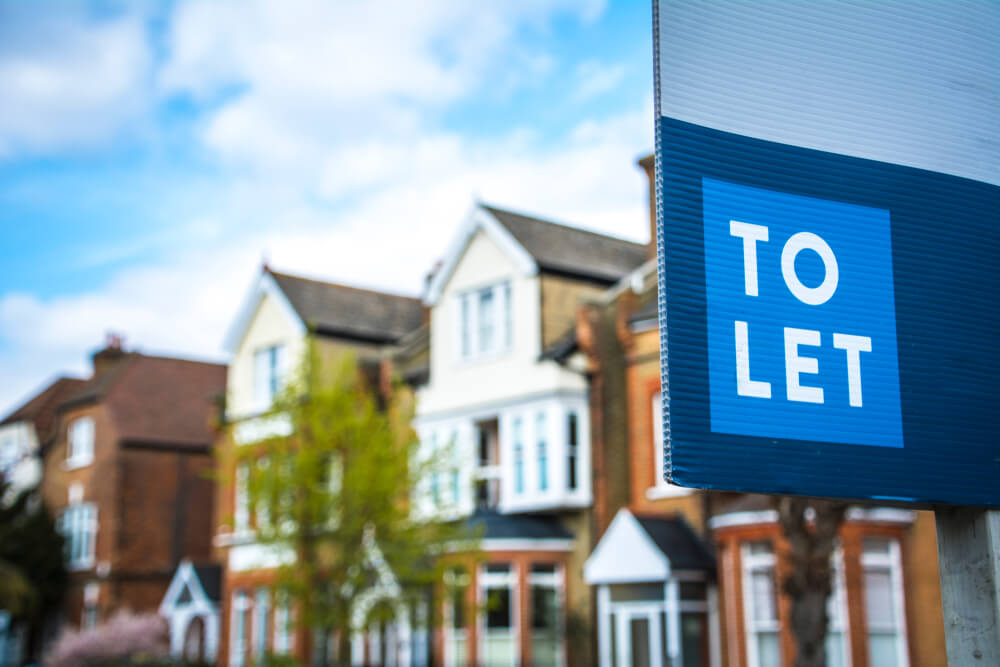Your home may be repossessed if you do not keep up repayments on your mortgage.
The Financial Conduct Authority does not regulate most Buy to Let Mortgages.
Investing in Property – How to buy a Buy to Let Explained by Lloyd Wells Mortgages
There are many ways to invest your money, but one area that has always been popular is investing in bricks and mortar and buying a rental property. Many people like the idea that it will bring in an income per month and that they have a physical asset that will hopefully increase in value in the future.
Let’s start by saying, we are Mortgage Advisors, not Financial Advisers. If you are interested in speaking to someone that can advise you on the suitability of, as well as the positives and negatives of, different investments/stocks and shares/pensions get in touch so we can recommend a great Independent Financial Advisor.
If you want to know the ins and outs of investing in property though, we are your guys.
Let’s start by discussing the 5 main points Mortgage Lenders require in order to offer a mortgage for an investment property. Before we go through them I will say, these 5 points can be flexible. If you don’t meet one or more of them it doesn’t mean you can’t get a Buy to Let mortgage, it just means your options may be a little more restricted. It’s still worth getting in touch to discuss. Here we go then:
- You must have a good credit score. This is the same for all mortgages or borrowing really but if you are looking for the best rates, you’ll need a great credit profile.
- You should own your own residential property. Lenders request this mainly to help protect against fraud. As you are not allowed to live in your own Buy to Let property, lenders would worry about why you would buy one if you don’t own elsewhere. They worry that you may say you are going to rent it out and then move into it. The best way to prevent against this is to say that if you don’t own elsewhere, they won’t lend to you. As I mentioned above, this is not a show stopper but will restrict options should you not own elsewhere.
- You must earn £25,000 from employment or self-employment. This is so that the lenders know you have income from another source other than the property. This way if there is a rental void, you’ll have the income to continue to pay the mortgage.
- You need a 25% deposit. There are lenders that will lend if you have a 20% deposit but to keep all options open, you need to have 25% to put down on the purchase.
- The rental income needs to meet the lenders ‘stress testing’. This is going to require a bit of maths and there are ways to make the calculation more lenient (as always, get in touch to discuss fully). The general rule of thumb though to keep options open is that the maximum mortgage you can get is 150 times the rental income. i.e. if the property can bring in £1,000 per month in rent, you can get a mortgage of £150,000 (subject the all the above criteria). If a property can bring in £450 per month, you can get a mortgage of £67,500.
I will say again, that all of these points can be flexible. If you meet all of the above, great! We should have lots of mortgage options to choose from. But if you don’t meet one or more of them, you may still be able to get a Buy to Let mortgage. Some lenders require less rental income, some lenders don’t have a minimum personal income, and some lenders don’t require you to own your own property. The only way to know your true options is to GET IN TOUCH.

How much does a Buy to Let mortgage cost?
Historically, Buy to Let mortgage rates were quite a lot higher than residential rates but that isn’t the case anymore. You do tend to find that Buy to Let mortgage have larger arrangement fees attached but overall, they are more competitive than they’ve ever been.
The other thing about Buy to Let mortgages that makes them an attractive proposition is the fact that taking them on an Interest Only basis is much more common and readily available.
‘Interest Only’ means that you are paying back only the interest on a monthly basis. This is great s it reduces your monthly payment significantly, increasing the yield you’ll get from the rental income. The downside is that at the end of your mortgage term you will still owe the full mortgage amount to the Mortgage Lender and will need to find a way to pay this back. Most people prefer this though as it means their outgoings are lower per month and the income they receive is higher. They can then sell the property in the future to hopefully clear the full mortgage balance and get a lumpsum back. However, properties prices can fluctuate and there is no guarantee the property will be worth enough to clear the full mortgage debt at that point in the future.
Again, there are many positives and negatives to consider when looking to take a Buy to Let mortgage so please get in touch to discuss.
Next steps:
There are many areas to consider if you are looking to buy an investment property. We would suggest the best thing to do first of all is to give us a call to discuss. Once we know your purchase limitations and the potential options available we can then recommend the best course of action. We can even point you in the right direction when it comes to other important people to talk to. For example:
Accountants – So you can discuss what can be offset against the income for tax purposes).
Solicitors – To quote for the legal costs and stamp Duty of buying).
Financial Advisors – If you wanted to discuss other investment options for comparison.
Surveyors – So you can arrange more in-depth valuations of the property.
Protection Experts – To discuss protecting yourself and the property (i.e. landlord insurance, personal insurance, buildings and contents insurance, etc)
You can get in touch with us using the following:
Email: Enquiry@lloydwellsmortgages.co.uk
Tel: 0117 332 5197

